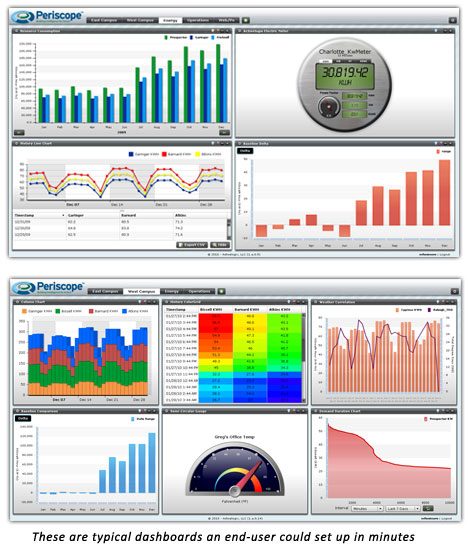Services
Energy Management Systems

In order to gain control over the cost of energy you must take control over how and when the energy is used in a building. An Energy Management System or EMS is a computer system which is designed specifically for the automated control and monitoring of every aspect of energy used, such as HVAC (heating, ventilation & air conditioning), lighting or any of the energy using equipment. This could be in one or for multiple buildings. These systems are sometimes called Building Automation Systems (BAS) and are typically used in commercial buildings, such as schools, university campuses, offices, retail stores, restaurants, hospitals or factory buildings.
BMI Energy doesn’t manufacture these systems, but utilizes the most appropriate systems on the market for our client’s needs. BMI, being an energy engineering firm, will then engineer and program the control system to do specifically what is needed. This keeps the cost lower and focuses on what the client wants to accomplish. Many companies have a “general controls box” that will allow for some standard “on and off” capability, but without the flexibility to customize to the buildings design. If anything is not within its engineered parameters, it will send an alarm or a message to an assigned contact or monitoring department for action,
Building Automation Systems (BAS) keeps the building controlled, within a specified range, provide lighting control based on a client’s schedule, and monitor all of the building’s performance criteria.
The BAS used by BMI Energy are designed with a main DDC controller, with expansion modules, so a customer can have something that meets his needs for today, with the ability to be added for future growth or requirements. This allows for a lower start up cost to gain control over the energy used and eliminates the need to replace a system put in today that doesn’t meet the needs of tomorrow.
BMI Energy uses control systems capable of open protocol network communications. This means the systems are able to talk via a world wide standardized communication network like BACnet and Lon Talk. The two basic types of control systems that BMI uses are distributed and integrated. Distributed systems use the technology built into equipment, such as roof top HVAC units, while an integrated system allows the controller to talk to proprietary or closed communication systems, thus allowing the entire building to be managed as a whole.
Dashboards
EMS generates too much data to be managed effectively without the assistance of information systems such as dashboards. Like reports, dashboards are designed to be useful to decision makers or end users, however, unlike reports, they are dynamic and interactive.
Dashboards are an example of the marriage between effective control strategies, data generation, and information management. This conversion of raw data into meaningful graphical results is vital to any stakeholder looking for meaningful information.
Information generated by the control system can be sent to the Facilities or Operations Manager. Whatever information they want to track can be watched on a computer monitor and adjusted to meet their needs. Management may want to watch critical equipment or compare data from different locations. This can be communicated to management, by the “Dashboards”, in many different types of graphs and chart, ready to be placed into a report.
Here are an example of just a few of the different types of dashboard graphs and charts that you can obtain:

Through its unparalleled usability and the capacity to turn existing data into visible knowledge for all to see, dashboards, like Periscope shown above, turns "building data" into "building intelligence".
